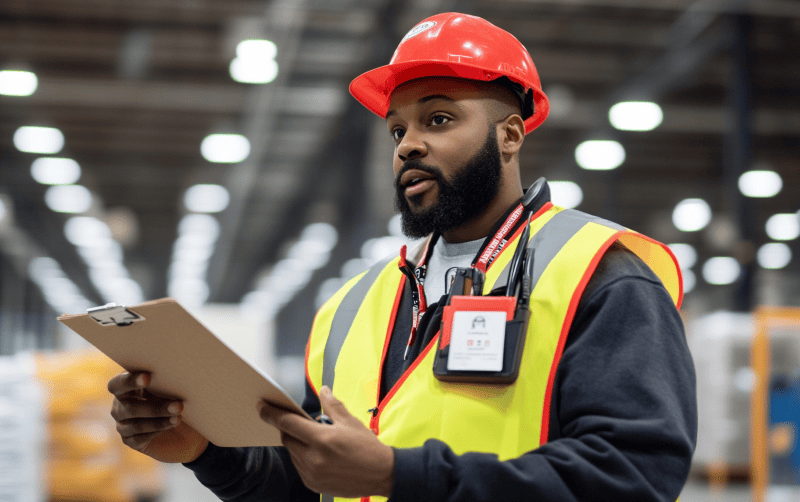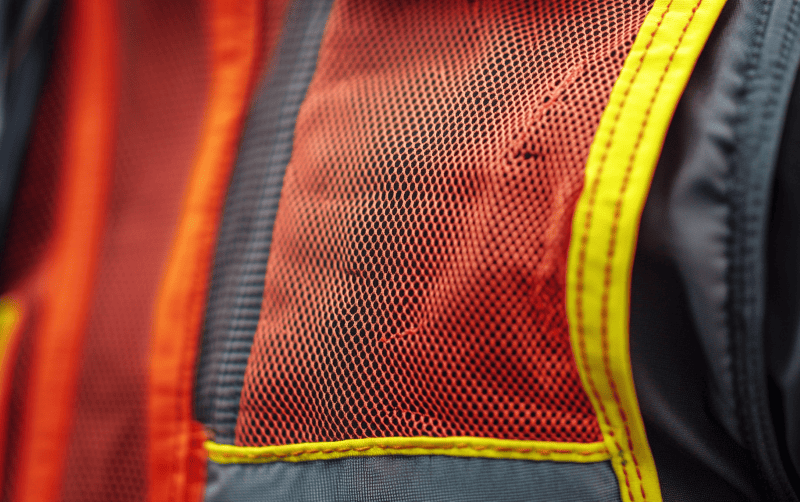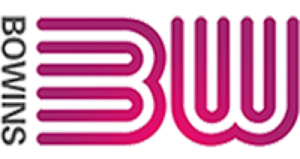1. Introduction
In today’s dynamic workplaces, safety isn’t just a requirement—it’s a priority that intertwines with professionalism and identity. Custom safety vests have emerged as a cornerstone of modern workwear, blending essential protection with opportunities for branding and personalization. From bustling construction sites to busy warehouses and roadside maintenance crews, these vests ensure workers are visible, compliant, and comfortable while subtly showcasing a company’s logo or values. The beauty of customization lies in its versatility—whether you need rugged durability, flame resistance, or lightweight breathability, there’s a custom safety vest designed for your team. But with endless options in fabrics, features, and standards, picking the right one can feel overwhelming. Fear not! This guide outlines five straightforward, actionable steps to help you select custom safety vests that deliver on safety, comfort, and style, ensuring your workforce thrives in any environment.
2. Five Simple Steps to Pick the Right Custom Safety Vests
2.1 Step 1: Identify Your Industry-Specific Needs
Choosing the perfect custom safety vests starts with a deep dive into your industry’s unique demands. Safety vests aren’t generic gear—what works for a warehouse worker won’t suffice for a highway crew. Let’s explore how different professions shape vest requirements, backed by real-world examples and data:
- Road Construction Workers: Operating near speeding vehicles demands top-tier visibility. These vests typically meet ANSI/ISEA 107 Class 3 standards, boasting at least 310 square inches of reflective material and vibrant fluorescent hues like lime green or orange. A 2021 study by the National Safety Council found that high-visibility apparel reduces roadway accidents by up to 34%, underscoring its life-saving potential.
- Builders and Construction Crews: On chaotic sites with cranes and forklifts, Class 2 vests (201–310 square inches of reflective tape) are standard. Durability matters too—vests must endure dust, debris, and constant motion. Think 360-degree reflective bands to ensure workers are spotted from every angle, day or night.
- Welders: Here, safety extends beyond visibility to heat protection. Flame-resistant custom safety vests made from treated polyester or modacrylic blends (certified to NFPA 701) shield against sparks and molten splatter, while reflective strips keep welders visible in dimly lit shops. These vests often weigh 150–200 gsm for added toughness.
- Movers and Warehouse Staff: Physical strain defines these roles—lifting, bending, and navigating tight spaces. Custom safety vests need tear-resistant fabrics (130–150 gsm polyester) and Class 1 visibility (155 square inches of reflective material) for indoor or low-traffic zones. Comfort is key for all-day wear.
- Cleaners: Long shifts in varied settings call for lightweight, breathable options. Mesh custom safety vests(100–120 gsm) with Class 1 visibility keep workers cool and noticeable, whether in offices or industrial kitchens.
Ask yourself: What hazards does my team face? What regulations apply? How long are their shifts? These answers will guide you to vests that protect effectively and enhance productivity.

2.2 Step 2: Choose the Appropriate Fabric Material
The fabric of your custom safety vests is the foundation of their performance—impacting safety, comfort, and wearability. Picking the right material means weighing your industry’s conditions against worker needs. Here’s a detailed breakdown of options and their benefits:
- Polyester: The go-to for most custom safety vests, polyester (120–150 gsm) is lightweight, cost-effective, and tough. It resists abrasion and fading, making it ideal for construction or logistics. Look for fabrics with a tensile strength of 100N or higher for long-lasting use.
- Mesh: Hot climates or active roles demand breathability. Mesh polyester (100–130 gsm) offers ventilation with ratings of 5000–10,000 g/m²/24h, keeping workers cool on summer road projects or in steamy warehouses. It’s less durable but excels in comfort.
- Specialized Fabrics:
- Flame-Resistant: Welders need fabrics like modacrylic or treated polyester (150–200 gsm) with a Limiting Oxygen Index (LOI) above 28%. These self-extinguish fast, meeting NFPA 701, and pair well with reflective tape for dual-purpose safety.
- Waterproof: Outdoor crews benefit from polyester with PVC or PU coatings (adding 20–30 gsm). A waterproof rating of 5000–10,000 mm keeps rain out, perfect for road maintenance or utility workers in wet regions.
- High-Tenacity Polyester: For movers, denser weaves (150–180 gsm) withstand snags and tears, often tested to resist over 150N of force—built for rugged, hands-on tasks.
Consider climate, wear frequency, and physical demands. A lightweight mesh vest might suit a summer cleaner, but a heavy-duty, waterproof polyester vest is better for a winter road crew. Matching fabric to function ensures your custom safety vests perform day in, day out.
2.3 Step 3: Ensure Optimal Visibility
Visibility is non-negotiable for custom safety vests. They must meet regulatory standards while allowing room for your brand’s touch. The ANSI/ISEA 107-2020 standard categorizes vests by risk level—here’s how it applies:
- Class 1: Low-risk environments like parking lots or warehouses need 155 square inches of reflective material and 217 square inches of fluorescent fabric. Great for cleaners or movers in controlled spaces.
- Class 2: Moderate-risk zones—think construction sites or roads under 50 mph—require 201 square inches of reflective tape and 775 square inches of bright background material. Builders rely on this level daily.
- Class 3: High-risk areas like highways or airports demand 310 square inches of reflective material and 1,240 square inches of fluorescent fabric, often with sleeves for full-circle visibility—vital for road crews.
Fluorescent colors (yellow-green, orange-red, or red) shine in daylight, while 2-inch retroreflective strips (e.g., 3M Scotchlite, 500 candelas/lux/m²) glow at night. Internationally, standards like EN ISO 20471 align with ANSI, offering global consistency. When customizing, keep logos below or beside reflective bands—never over them—to maintain compliance. A well-designed vest ensures workers are seen, reducing risks dramatically.
2.4 Step 4: Personalize with Branding and Features
Customization elevates custom safety vests into branding powerhouses. Personalized safety vests can display names or job titles, while branded safety vests flaunt logos—uniting teams and boosting recognition. Here’s how to do it right:
- Customization Techniques:
- Screen Printing: Best for bulk orders (50+ vests), it delivers bold, durable designs lasting up to 10,000 washes—perfect for large crews.
- Embroidery: Offers a classy, stitched look (up to 12 colors) enduring 50–100 washes, ideal for smaller runs or a polished vibe.
- Heat Transfer: Handles intricate, multi-color logos on lightweight fabrics, lasting 20–50 washes—great for detailed artwork.
- Design Tips: Place a large back logo (below reflective tape) for visibility from afar and a smaller chest logo for up-close impact. Stick to 12×14-inch designs and high-contrast colors (e.g., black on yellow) for clarity.
- Extra Features: Add adjustable straps for a snug fit, ventilation panels for airflow, or pockets (5×5 inches) for tools. Mic tabs or ID holders cater to specific roles like traffic directors or supervisors.
Thoughtful personalization ensures your custom safety vests shine as both safety gear and marketing tools, without compromising their core purpose.

2.5 Step 5: Select a Trusted Manufacturer
The final piece of the puzzle is choosing a manufacturer who can bring your custom safety vests to life. For OEM safety vests, you need a partner with expertise and reliability. Here’s what to prioritize:
- Experience: Opt for a company with 10+ years in safety apparel—they’ll know workwear inside out, from standards to stitching.
- Quality Standards: ISO 9001 certification ensures consistent excellence, with fabric tests (e.g., tensile strength > 100N) and reinforced seams.
- Customization Options: They should offer printing, embroidery, and heat transfer, plus flexibility in fabrics and add-ons. Design support and prototypes are a bonus.
- Capacity: A production scale of 1–2 million units yearly handles orders big or small, with lead times of 30–60 days.
- Service: Look for responsive teams who refine your vision, from initial sketches to final delivery.
A stellar manufacturer turns your ideas into custom safety vests that meet codes, reflect your brand, and stand up to daily wear.
3. Conclusion
Picking the right custom safety vests is a blend of strategy and detail: pinpoint your industry’s needs, select the ideal fabric, prioritize visibility, customize smartly, and team up with a top manufacturer. These five steps deliver vests that protect your crew, boost morale, and elevate your brand. Ready to get started? Companies like BOWINS Garment, with their deep expertise and quality focus, make the process seamless—turning your vision into workwear that works.




